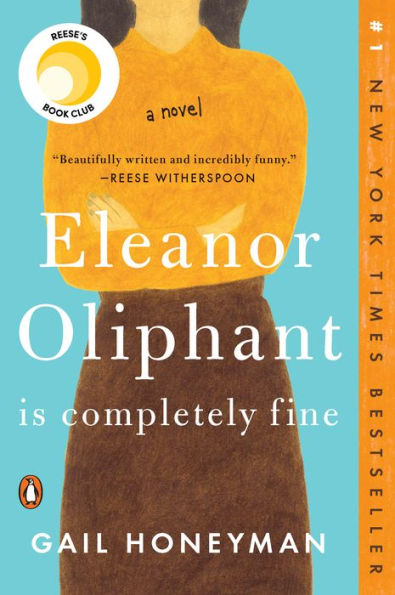
Heart of Fire is a 2020 young adult science fiction novel by Jessica Roe. It was self-published by the author and released in March 2020. The novel can be purchased from Amazon here.
The novel takes place in a post-apocalyptic world and follows a teenager named Talin. A year prior to the start of the novel, aliens, the Jhenn, invaded Earth and killed two thirds of the population. The day of the invasion Talin developed a strange power that makes her a threat to the hostile force. After she and her friend Nat are attacked, Talin is taken by the resistance and offered the chance to fight. While facing new enemies and meeting new allies, Talin begins to learn new things about herself, her heart and her powers which may change the course of the war.
Talin is the main character of the story. While I liked her character overall, because she was feisty, she asked a lot of questions and didn't let people walked all over her, sometimes, she could be a bit too much. There were a few scenes where comments she made were supposed to be funny, but they didn't really work and I found it more annoying than anything else. While she got on my nerves at times, I enjoyed her overall journey as she joined the resistance and learned how to become a warrior. Nat, Talin's best friend, can be described almost in the exact same way as Talin can. She's a little less confrontational and their strong friendship helped bring a sense of realism to the story, but there's not a lot I can really say about Nat. Upon being taken by the resistance, Talin meets both David and Makail. David is a human soldier who becomes a friend of Talin's, while Makail is a member of the Vorstoffen, an alien race from the same planet as the Jhenn who are helping the humans mount a resistance. Makail begins as Talin's trainer as she learns to use and control her powers and is rather cold and no-nonsense when first introduced. This novel doesn't have a "main" antagonist, as the Jhenn collectively are the enemy, but the closest thing to a "bad guy" seen in this book is the Jhenn Uren who attacks Talin early in the story and shows up again at the climax.
One thing that I enjoyed about this book is that it's not mainly about the war against the Jhenn. The war is an underecurrent with all of the events that are taking place, but it's not the main focus of the story. The focus is instead on Talin, her learning to control her powers and life within the resistance. Some of this is done to develop the romance in the story, but it was refreshing to read a book about an alien invasion that focused less on the battles themselves. I also appreciated this because the reader got to see Talin fail. She had to struggle, she had to learn and adapt. I don't like books where a character learns how to sword-fight in three pages or masters a power in a single chapter. The character dynamics that develop between Talin and some less-than-friendly members of the resistance are also great. The fact that there were a number of people who didn't fully trust Talin because of her powers, who didn't like her, while still being on the same side as her was unexpected and I liked it. I also enjoyed the fact that, while the Jhenn are the main antagonists, they weren't working alone. Other humans were helping them. A lot of alien invasion stories don't show humanity itself being divided about the invaders. Last, but not least, Talin's powers were unique. Some Vorstoffen characters had abilities that were a little more standard for science fiction or fantasy, but her powers and the way they were displayed were used creatively in the story.
This novel is very character-driven, and as a result, there isn't a lot of plot taking place. I liked see characters grow closer and improve as people, but as a result, the pacing is a bit weird. Like many character-driven stories, there is a fast-paced beginning, a slow middle and a fast-paced end. While this isn't my favorite type of pacing, it worked for this story. A big part of this story is the romance, and budding love triangle between Talin, David and Makail. I don't really like love triangles, however it doesn't actually become a love triangle because one character realizes the relationship wouldn't work. If this becomes a series, I hope it stays that way. I also felt like the romance itself was kind of predictable. I'm not mad about it, but it felt worth mentioning. My final and my biggest issue with this book has to do with the climax. This novel does discuss and depict torture, but it's not unnecessarily graphic. My problem is that the physical torture turns into threats of sexual assault and I have a problem when sexual assault is made into a plot device. It makes me very uncomfortable and as a result, I lost some of the enjoyment I had while reading.
Heart of Fire is a pretty good book. It's a quick read with a lot of good character moments and a unique story to tell. The journey that the characters go on over the course of the story is both engaging and at time exciting. It's a great character-driven science fiction story. The romance wasn't to my taste, but I'm not a romance person. I struggled with the pacing and a few tropes/plot devices used in the climax. On the whole, however, Id' recommend the book to young sci-fi fans. I hope this author continues the series, as there's clearly a lot more story to tell.
Rating: 3.3 Stars
Follow Me Elsewhere: Facebook \ Twitter \ Goodreads \ Instagram
Buy Me A Coffee?













